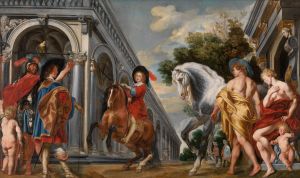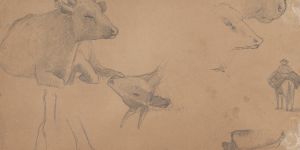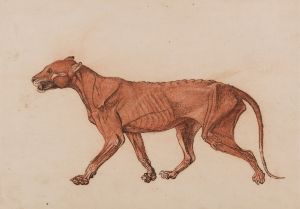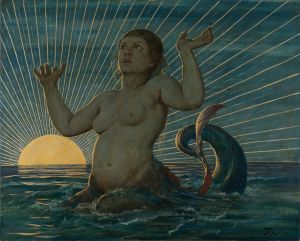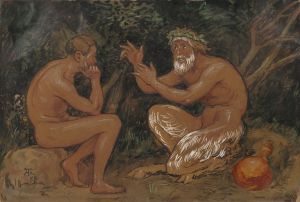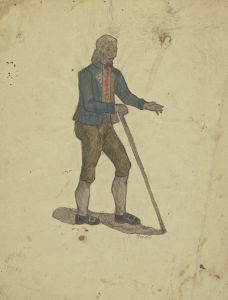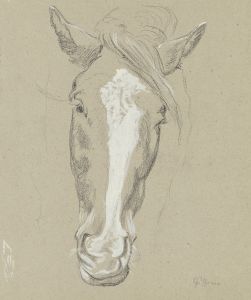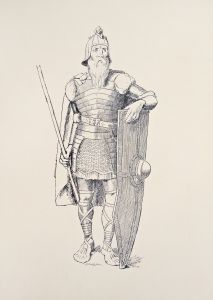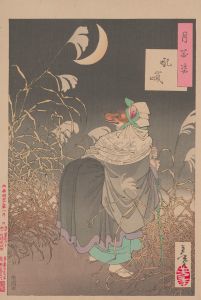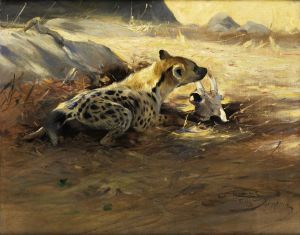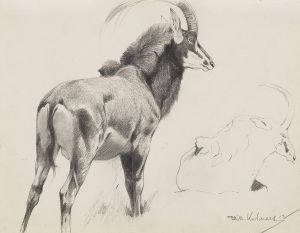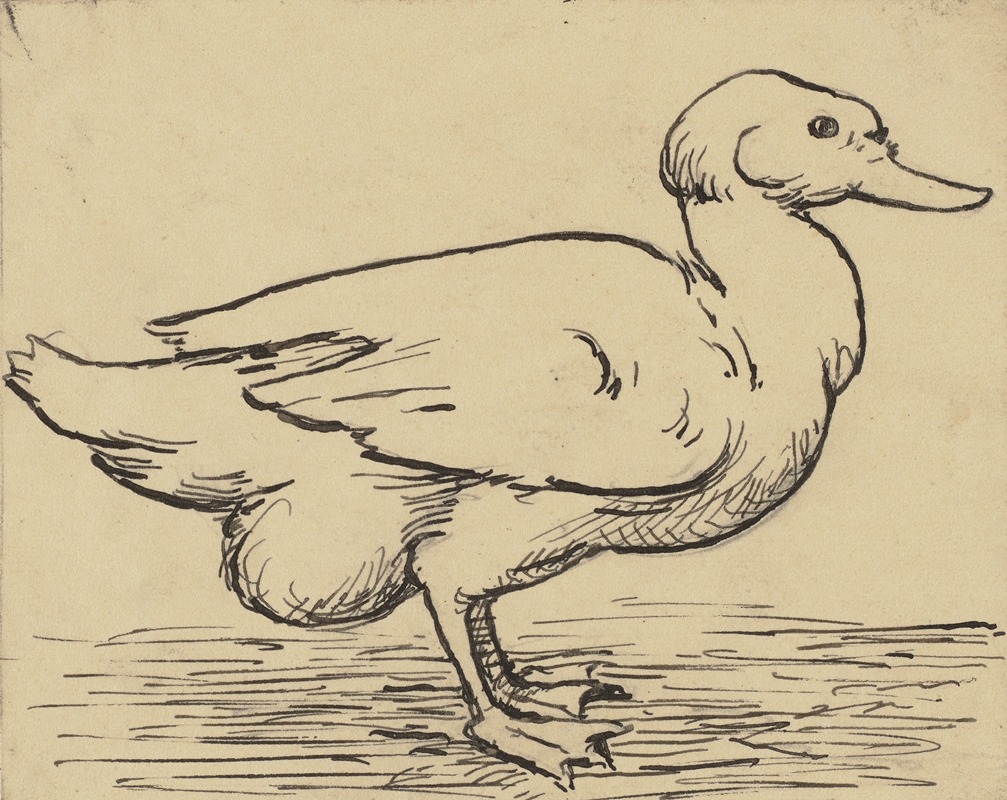
Ente
A hand-painted replica of Hans Thoma’s masterpiece Ente, meticulously crafted by professional artists to capture the true essence of the original. Each piece is created with museum-quality canvas and rare mineral pigments, carefully painted by experienced artists with delicate brushstrokes and rich, layered colors to perfectly recreate the texture of the original artwork. Unlike machine-printed reproductions, this hand-painted version brings the painting to life, infused with the artist’s emotions and skill in every stroke. Whether for personal collection or home decoration, it instantly elevates the artistic atmosphere of any space.
Hans Thoma (1839–1924) was a German painter associated with the Romantic and Realist movements. One of his works, titled Ente (translated as "Duck"), reflects his characteristic style of portraying nature and rural life with simplicity and precision. Thoma was known for his deep connection to the landscapes and traditions of his native Black Forest region, and his art often depicted scenes of everyday life, animals, and the natural world.
Ente is a painting that features a duck, rendered with meticulous attention to detail. The work exemplifies Thoma's ability to capture the essence of his subjects while maintaining a sense of harmony and balance in his compositions. His use of color and light in this piece demonstrates his skill in creating a realistic yet serene atmosphere. The painting aligns with Thoma's broader artistic focus on celebrating the beauty of nature and the ordinary, which was a recurring theme throughout his career.
Hans Thoma's works, including Ente, gained recognition during his lifetime, particularly in Germany. He became a prominent figure in the art world and was appointed as the director of the Karlsruhe Art Gallery in 1899. His art continues to be appreciated for its technical mastery and its ability to evoke a sense of nostalgia and connection to the natural world.
Specific details about the creation date, medium, and current location of Ente are not widely documented. However, the painting remains an example of Thoma's dedication to portraying the simple yet profound aspects of life and nature.





